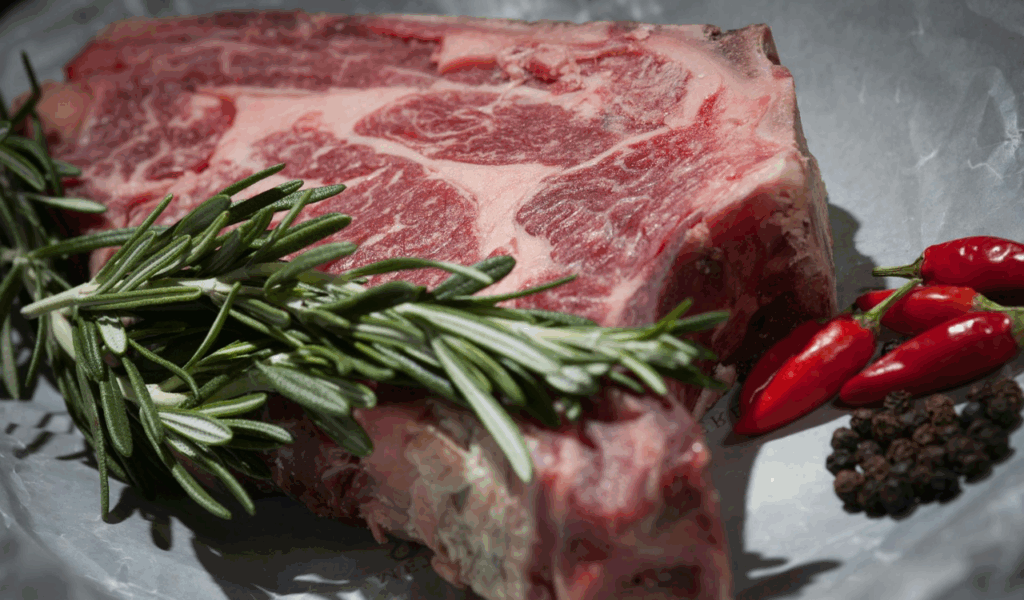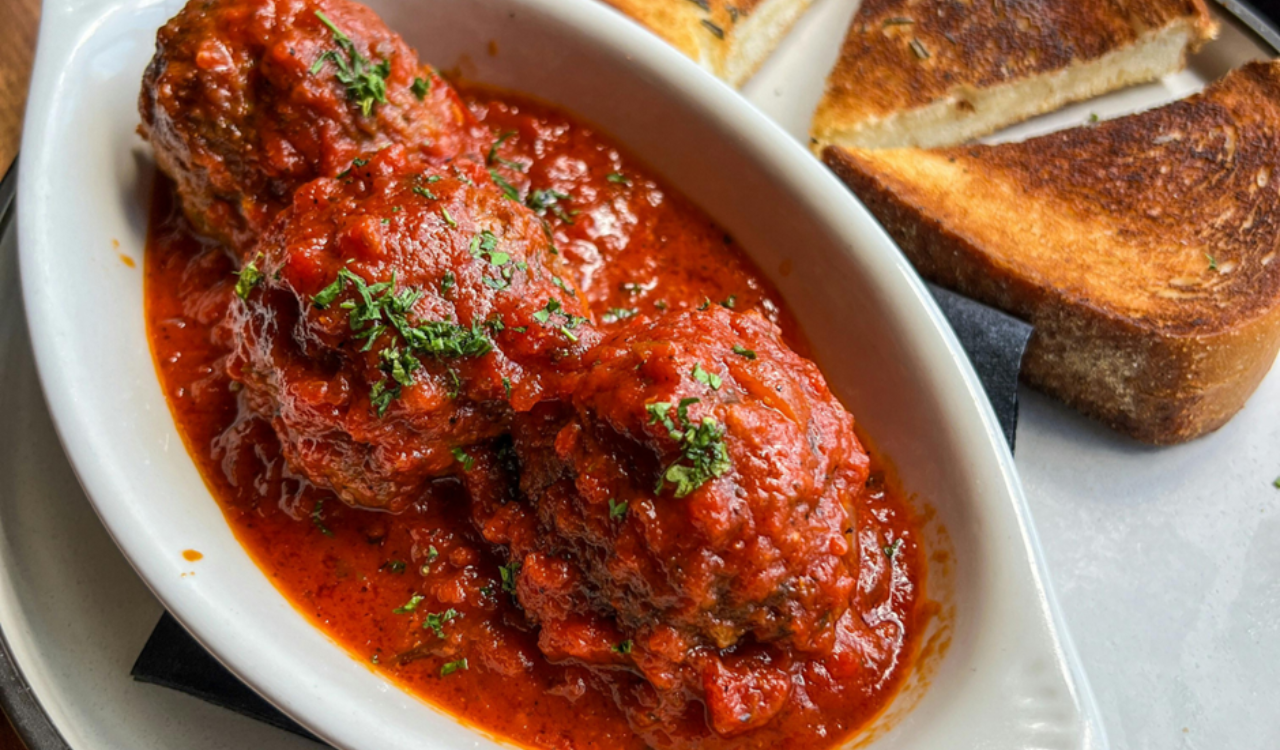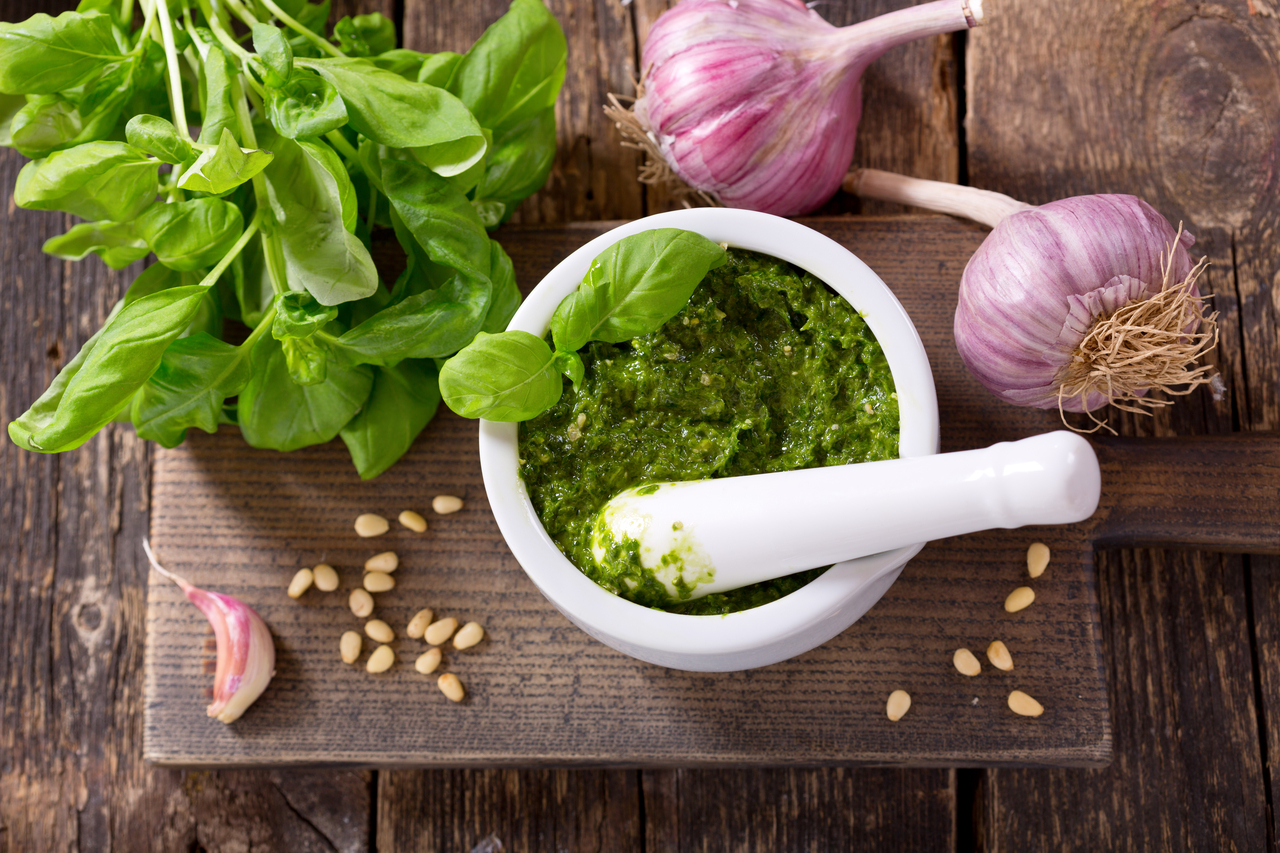6 Canned Meats Worth Stocking (And 6 You Should Leave On The Shelf)

Although canned meats have long been a mainstay in travel bags, emergency kits, and busy kitchens, knowing which ones are truly worth the money and which ones shouldn’t be in your pantry can significantly alter their nutritional value and flavor. While some canned meats are so highly processed and high in sodium that they hardly resemble real food, others offer convenience, balanced nutrients, and amazing cooking versatility. Making wise decisions is more crucial than ever as shelf-stable protein options gain popularity as grocery prices rise and disaster preparedness trends gain traction. Six canned meats that should be in your kitchen or emergency supply kit and six that you might want to avoid are covered in this guide. This list will assist you in making well-informed, tasty, and healthful choices whether you’re meal planning, camping, or simply need a quick protein option for a weeknight dinner.
1. Worth Stocking: Canned Chicken Breast

One of the best canned meats that is high in protein is chicken breast. Simple, lean white meat chicken is used to make it, and if you choose the water-packed varieties, there are usually very few extra ingredients. The finest aspect? It’s ready to eat right out of the can because it’s fully cooked, making it ideal for incorporating into wraps, casseroles, sandwich fillings, and quick salads. Because it has a high protein content per serving and is naturally low in fat, it’s a great choice for anyone watching their fat intake. Because of its neutral flavor, it works well in both hot and cold recipes. However, some brands can be surprisingly salty, so be sure to check the sodium levels. If at all possible, choose “low sodium” or “no salt added” varieties. It’s a popular meat product for quick meals or emergency preparedness kits that still emphasize genuine nutrition because of its long shelf life and consistent texture.
2. Worth Stocking: Canned Tuna

A pantry staple with widespread appeal is canned tuna. It has a lot of protein and good omega-3 fatty acids, which are known to support cardiovascular, eye, and brain health. For a quick, high-protein meal, you can stir tuna into pasta or rice dishes, toss it into a salad, or combine it with a little mayo or olive oil for sandwiches. Compared to albacore (white tuna), light tuna (often skipjack) has lower mercury levels, making it safer to eat frequently, especially for pregnant women and children. Water-packed tuna is lower in fat and calories, but oil-packed tuna has a richer flavor. Always look for added flavorings or salt on labels. To encourage ethical fishing methods, look for MSC-certified brands with sustainably sourced products. One of the greatest canned meats to have on hand for wholesome, quick, and filling meals is canned tuna, which has a comparatively low price tag and countless recipe possibilities.
3. Worth Stocking: Canned Salmon

Every pantry should have canned salmon because it is a convenient protein choice and a nutritional powerhouse. Since it is usually wild-caught, it has more omega-3 fatty acids and fewer contaminants than many farmed substitutes. One distinctive quality of canned salmon is that it frequently contains soft, edible bones, which are safe to eat and a great source of calcium. This makes it particularly advantageous for people who want to naturally increase their calcium intake or who may be lactose intolerant. You can add canned salmon to grain bowls, mix it into pasta, form it into patties, or just eat it on toast with a little seasoning. Although it tastes stronger than tuna, many people like the rich, slightly smoky flavor. In comparison to other canned meats, it typically has less sodium. Just watch out for additional oils or sauces that may raise the amount of fat and salt.
4. Worth Stocking: Corned Beef

Although canned corned beef isn’t the healthiest food in your pantry, it’s undoubtedly one of the most delicious and adaptable. It is ideal for comfort food recipes like corned beef hash, breakfast scrambles, or even tacos and sandwiches because of its rich, savory flavor and tender texture. The secret is moderation. While canned corned beef has more sodium and saturated fat than alternatives like chicken or tuna, it can still be included in a balanced diet if it is eaten with whole grains or vegetables high in fiber. While some brands may have additional preservatives or fillers, others may only have beef, salt, and curing agents. Always verify the quality of the ingredients on the label. It acquires a delightful texture when pan-fried or crisped up, elevating even the most basic dishes. Corned beef is worth the shelf space if you’re searching for a robust canned meat that tastes great and goes well with a variety of dishes.
5. Worth Stocking: Canned Sardines

One of the most underappreciated superfoods in the canned food section is sardines. Rich in protein, high in omega-3 fatty acids, and a fantastic source of vitamin D, calcium (from their soft, edible bones), and selenium, these little, fatty fish are nutrient-dense. Sardines accumulate fewer toxins like mercury because they are lower on the food chain than many larger fish. They taste great straight from the can and are available in a variety of flavors, including olive oil, tomato sauce, mustard, and water. They can be added to rice and pasta dishes, mashed into spreads, or eaten on crackers. Sardines are also a sustainable option because they typically have a low environmental impact during capture and reproduce quickly. Sardines are a must-have for anyone attempting to consume more complete, nutrient-dense foods with little effort due to their exceptional shelf life, high nutritional value, and minimal processing.
6. Worth Stocking: Canned Roast Beef

When you want something heartier than chicken or tuna, canned roast beef is a surprisingly delicious and filling choice. Usually packaged in a mild beef gravy that keeps the meat moist, it comes in slices or chunks. The texture is soft and ideal for adding to rice bowls, tacos, sandwiches, and stews when heated. Additionally, it is less processed than many other canned meats, such as hot dogs or spam, which may result in fewer chemical additives or preservatives, though you should still carefully read the label. Real chunks of beef are used in the best brands, and artificial ingredients and salt are kept to a minimum. It may not be as good as a freshly cooked roast, but it is convenient and has good flavor, especially when you’re in a rush and need something substantial and high in protein. Canned roast beef is one of the better emergency or quick-fix meal options that can be included in a well-balanced pantry.
1. Leave On The Shelf: Canned Vienna Sausages

Vienna sausages are often made from a highly processed mixture of mechanically separated meats, fillers, and preservatives, despite their appearance as a quick snack or protein boost. Packed with sodium, nitrates, and artificial flavors, these small, soft sausages are frequently submerged in salty brine. Their flavor is more chemical than meaty, and they have a mushy texture. Despite being affordable and shelf-stable, they don’t provide much nutrition. In comparison to higher-quality canned meats, they are also low in protein and high in saturated fat. They might be edible in an emergency, but there are much healthier, tastier, and more filling canned meat alternatives available for daily use or meal planning. Vienna sausages are best kept out of your regular pantry rotation because they are frequently regarded as more of a novelty than a serious food choice.
2. Leave On The Shelf: Deviled Ham Spread

Although deviled ham spread may seem like a high-end deli item, the majority of varieties are far from gourmet. These spreads are frequently made with a long list of preservatives and fillers, spices, and heavily processed pork. The end product is a meat paste that tastes artificial, salty, and overpowering. Convenient for sandwiches or crackers, it has a poor nutritional profile due to its high sodium, saturated fat, and chemical additive content. Many people may find its spreadable, soft texture unappetizing. Furthermore, deviled ham is frequently sold in tiny cans that provide little satiety and don’t go very far in a meal. If you like ham, it’s much better to buy sliced ham from a reliable supplier or use leftover cooked ham. Deviled ham spread doesn’t belong in a well-stocked pantry because it lacks the flavor and health advantages that make other canned meats desirable.
3. Leave On The Shelf: Canned Potted Meat

Typically, canned potted meat is a highly processed mixture of inexpensive meat trimmings, additional fats, starches, and preservatives that give it a smooth, paste-like consistency. Although it is cheap and shelf stable, it frequently contains a lot of sodium and may also contain nitrites or other curing agents. Its spreadable consistency restricts its culinary applications beyond sandwiches or crackers, and its flavor leans more toward salt than meat. Although the amount of protein per serving might seem reasonable, whole muscle options like canned fish or chicken have a better overall nutritional profile. For a ready-to-eat spread, shredding premium canned salmon or chicken and combining it with yogurt, olive oil, and herbs will improve the flavor and texture. Choose less processed options to save room in your pantry and your taste buds.
4. Leave On The Shelf: Canned Luncheon Meat (Spam‑Style)

Although its convenient, canned luncheon meat has some of the highest calorie and salt content of any canned “meat” option. Made with finely ground pork (and occasionally poultry), sugar, starches, and curing agents, it provides a lot of sodium and saturated fat for a comparatively low nutritional value. It can taste nostalgic or filling when sliced and pan-fried, but the main ingredients that give it that appeal are fat and salt. Canned chicken, tuna, salmon, or even just plain roast beef will give you a lot more options and a cleaner ingredient list when you’re assembling an emergency kit or quick meal pantry. These options work in more recipes and offer better protein to calorie ratios without significantly increasing your daily sodium intake. Think of luncheon meat as a special occasion rather than a daily meal.
5. Leave On The Shelf: Canned Meatballs in Gravy or Sauce

Although canned meatballs seem convenient, most brands use heavy salt, added sugars in the sauce, and fillers (breadcrumbs, starches) to maintain texture and flavor over time. Unless you heavily doctor the sauce, the end result is frequently mushy or bouncy meatballs with a bland flavor. Compared to whole muscle canned meats, the protein content per serving is typically lower, and the sodium content can be extremely high. For improved nutrition and flavor control, pair canned roast beef or chicken with your own basic sauce (tomato, garlic, and herbs) if you’re craving quick comfort food. Instead, freeze a batch of homemade meatballs; they retain their texture, reheat beautifully, and allow you to use leaner meats, herbs, and seasonings without the added ingredients found in canned versions.
6. Leave On The Shelf: Canned Bacon

Although canned bacon is promoted as a quick and easy breakfast option, it rarely lives up to expectations in terms of flavor and texture. It’s usually precooked, tightly packed, and preserved to maintain shelf stability, which can result in limp, excessively salty strips with oxidized fat notes. In comparison to the cost, serving sizes may be small, and the amount of saturated fat and sodium is substantial. You can use smoked paprika or a small jar of shelf-stable bacon bits made from real bacon (used sparingly) or simply store regular bacon in the freezer where quality holds well if you want the smoky accent of bacon in an emergency kit or quick pantry meal. Canned fish or poultry offer superior nutrition, value, and versatility for daily pantry protein.





